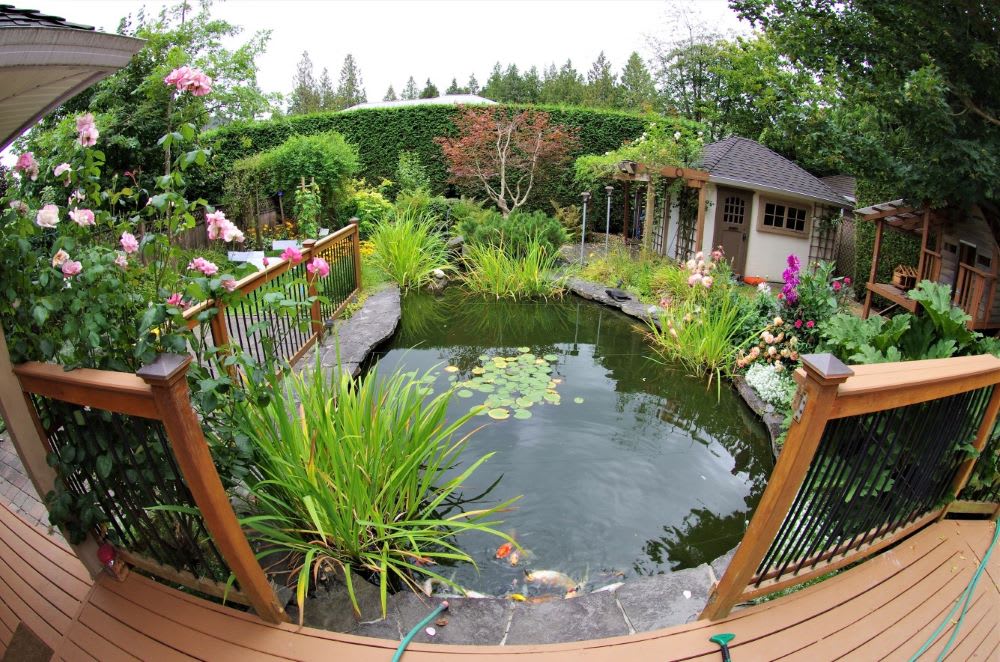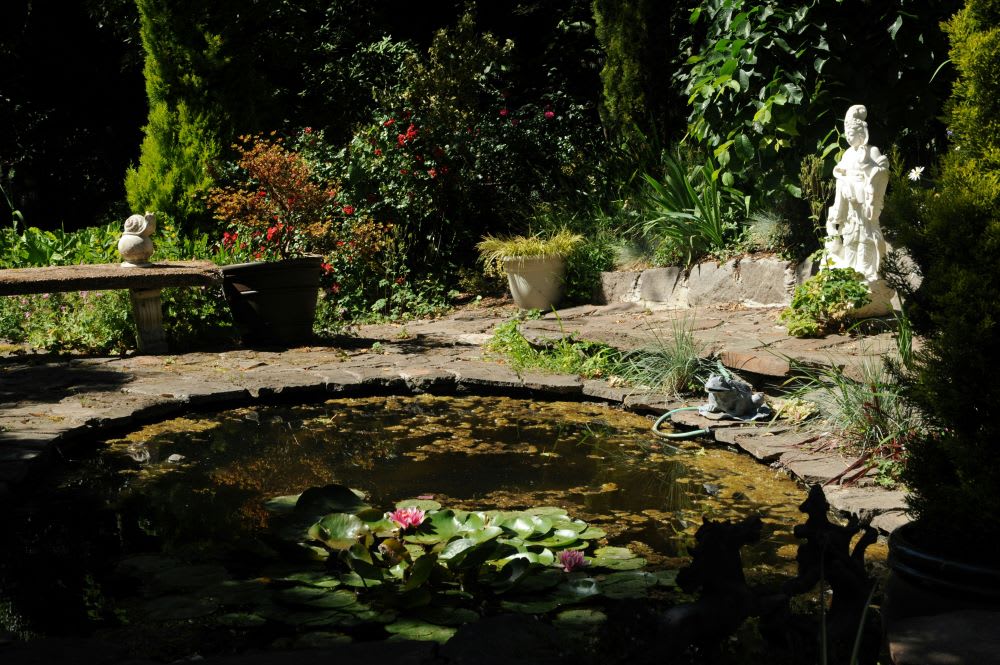- Published 19 Apr 2024
- Last Modified 19 Apr 2024
- 6 min
Float Switches for Home Ponds in Australia
Know how to choose, install, and maintain float switches for your pond. Learn the crucial info about water level sensors to make pond maintenance easier.

Home ponds are fantastic additions to Australian gardens, offering a peaceful spot to enjoy nature right in your backyard. Aside from enhancing a home's aesthetic appeal, they also support local wildlife.
But let's be honest, keeping them in top shape can be a bit of a hassle, especially when it comes to managing water levels. That's where float switches come in. These nifty gadgets automate water level control, making pond maintenance a breeze for homeowners.
In this guide, we’ll explain everything you need to know about water level switches. Keep reading to get tips on choosing, installing and maintaining one for your home pond.

What Are Float Switches?
Float switches are smart devices that function like sensors to monitor and control water levels in ponds, tanks, and sumps. They work by floating on the water's surface. And as the water level changes, the switch tilts, triggering a response like turning a pump on or off. While this mechanism is widely used for improving wastewater management, it is also invaluable for residential pond maintenance.
For homeowners, a float switch can be a real game-changer because they get alerted when the water gets too low. Consequently, they conveniently keep their pumps and filters from running dry.
Besides, evaporation levels can be high in certain areas of Australia. So, a float switch ensures that your pond stays topped up and healthy without your constant supervision.
Types of Float Switches
- Mechanical Float Switches: These operate on a simple principle: as water levels change, a floating device moves up and down, activating a switch. They're robust and reliable, making them popular for general use. However, their moving parts can wear out over time or get stuck due to debris.
- Electronic Float Switches: These use sensors to detect water levels without moving parts, offering precision and longevity. They're also great for delicate pond ecosystems but can be more expensive and require a bit more technical know-how to install and maintain.
Choosing the Right Float Switch
Aside from understanding the types of float switches available, you should also consider the following to ensure you’ll get the right variant for your pond:
- Pond Size, Depth, and Volume: Match the float switch and pump capacity to your pond's dimensions. Larger ponds, for instance, require switches that can effectively handle higher volumes and deeper waters.
- Pond Flora and Fauna Needs: Consider the water level requirements of your pond's plants and animals. Some species need stable water conditions to flourish, so pick a switch that maintains consistent levels.
- Weather Patterns: If you live in an area with frequent weather changes, opt for a float switch with a rapid response feature. This is crucial for adapting to the fast evaporation rates during hot spells or topping up the water after heavy rains.
Tips for Installing Float Switches
Once you’ve chosen the ideal float switch, you need to install it properly to ensure its effective operation. Here are some detailed tips to guide you through the process, ensuring safety and efficiency:
1. Gather Your Tools and Gear
Before starting, equip yourself with the necessary tools and safety gear. Get rubber-soled shoes to prevent slips and gloves to protect your hands. Essential items like waterproof cable joints or electrical insulation tape are crucial for making secure, water-resistant connections for your float switch.
2. Turn Off the Power
Ensure safety before installing your float switch. So, turn off the power supply and any related electrical systems before beginning work in or around the pond. This precaution protects you from electrical hazards and keeps your aquatic residents safe.
3. Installing Mechanical Switches
If you’re installing a mechanical float switch, make sure you find the ideal spot. It should have enough room to bob up and down freely—this means no bumping into sides or getting tangled with pond plants or wires.
Also, you need to set the right height. If it's too low, your switch might trigger too soon, thinking your pond's running out of water when it's not. Set it too high, and you might not get warned in time, risking your pump running on empty and getting damaged. As such, try finding that sweet spot where the switch activates just when you need it to.
4. Positioning Electronic Switches
For electronic float switches, the game is all about precision sensor placement. You need to find a zone in your pond that truly represents your water level's normal range. The goal is to place your sensor so it's quick to detect if levels start dropping, giving you enough time to react before your pond hits critical lows. This placement ensures your equipment stays safe from damage and your pond does not lose too much water.
Tips for Maintaining Float Switches

After setting up your float switches, maintaining them becomes crucial for their longevity and reliability. Follow these care tips to ensure that your float switches will function effectively and keep your pond in perfect condition:
1. Clear the Obstructions
Physical obstructions, such as leaves, algae, or sediment, can prevent float switches from moving properly. This can lead to inaccurate water level readings and ineffective system operation. As such, gently clean the switch and its surroundings to keep them free from debris that may impede their function.
2. Secure Electrical Connections
Corroded or loose electrical connections are another common issue that can cause float switches to fail. However, regular checks can prevent such problems and ensure your float switches operate without a hitch. So, have a pond maintenance routine and checklist that includes the following:
- Inspecting the float switch for any physical damage or obstructions
- Checking electrical connections for signs of wear or corrosion
- Testing the switch's operation to confirm it's working correctly
Get the Ideal Float Switch for Your Home Pond
Choosing the right float switch is essential for keeping your home pond beautiful and healthy. With the right setup, you can ensure your pond's water levels are always perfect, supporting the vibrant ecosystem within.
Ready to find the ideal solution for your pond? Explore RS Australia’s comprehensive range of float switches and take the first step towards effortless pond upkeep.
Sensata / Cynergy3
Sensata / Cynergy3 is among the leading manufacturers of pond water level sensors. Their expertise shines in devices that provide homeowners with reliable solutions for monitoring and managing water levels in their ponds conveniently.
Gems Sensors
Gems Sensors is renowned for crafting high-grade float switches designed to thrive in various settings, including the serene waters of home ponds. Their products are a testament to innovation in the field of water level management.